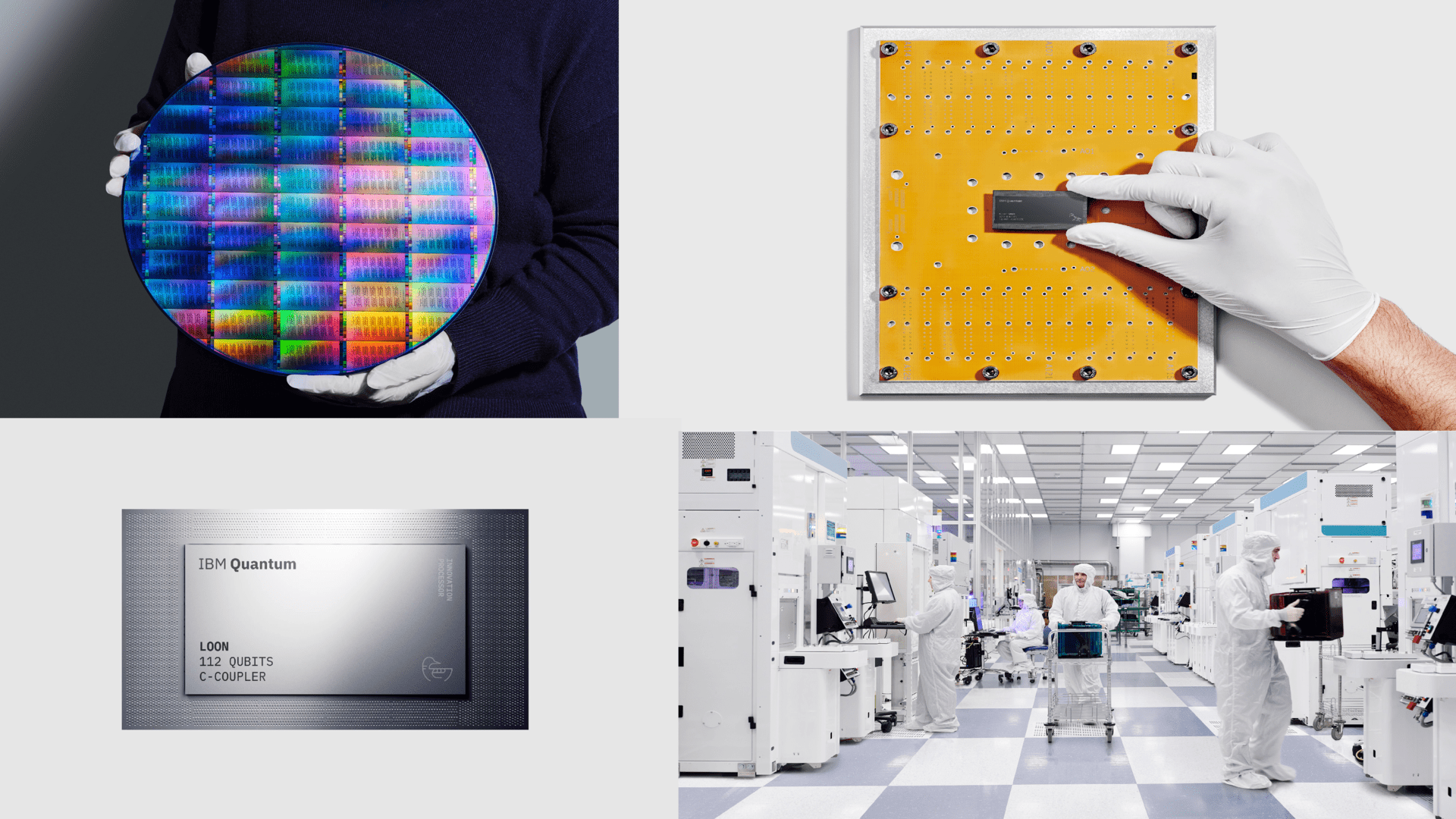- IBM introduced two new quantum chips in its latest breakthrough
- Nighthawk chip increases circuit complexity by 30% compared to its predecessor
- Loon is IBM’s first chip to demonstrate fully fault-tolerant components
IBM announced two new quantum chips as part of its broader roadmap to achieve both quantum advantage and fault-tolerant computing by the end of the decade.
The company says the new Nighthawk and Loon chips mark a major step toward realizing practical quantum computing.
The new hardware, launched alongside advances in manufacturing and software, aims to bridge the gap between experimental prototypes and commercially useful quantum systems.
Building the Foundation for Quantum Advantage
The Nighthawk chip is designed to achieve what IBM calls “quantum advantage,” the point at which a quantum computer can outperform all classical computing methods.
With 120 qubits and 218 tunable couplers arranged in a square array, the chip supports circuits with 30% greater complexity than its predecessor while maintaining low error rates.
IBM expects the processor to initially handle up to 5,000 two-qubit gates, with future iterations reaching 15,000 by 2028.
This performance could complement high-end mobile workstations used for AI development and scientific modeling.
The Loon chip, meanwhile, takes a more experimental route, demonstrating for the first time all the key hardware elements needed for fault-tolerant quantum computing.
By connecting qubits horizontally and vertically, Loon explores new architectures for more efficient quantum error correction.
IBM says this is the first demonstration of all the critical processor components required for large-scale fault tolerance.
“There are many pillars to bring truly useful quantum computing to the world,” said Jay Gambetta, IBM research director and IBM Fellow.
“We believe IBM is the only company capable of inventing and rapidly evolving software, hardware, manufacturing and quantum error correction to unlock transformative applications. »
To achieve these goals, IBM has shifted production of its quantum processors to a 300mm wafer manufacturing facility located at the Albany NanoTech complex in New York.
This change doubles the company’s development speed, allowing multiple chip designs to be tested simultaneously and increasing the physical complexity of quantum chips.
Such improvements suggest that IBM aims to treat quantum processor production with the same rigor applied to modern manufacturing of mini-PCs and professional laptops.
With its updated Qiskit tools, IBM improves the accuracy of quantum circuits by 24% and reduces computing costs by more than a hundred times through HPC-assisted error mitigation.
IBM is also collaborating with companies such as Algorithmiq, BlueQubit, and the Flatiron Institute to support community-led efforts that track and verify the “quantum advantage.”
Follow TechRadar on Google News And add us as your favorite source to get our news, reviews and expert opinions in your feeds. Make sure to click the Follow button!
And of course you can too follow TechRadar on TikTok for news, reviews, unboxings in video form and receive regular updates from us on WhatsApp Also.




